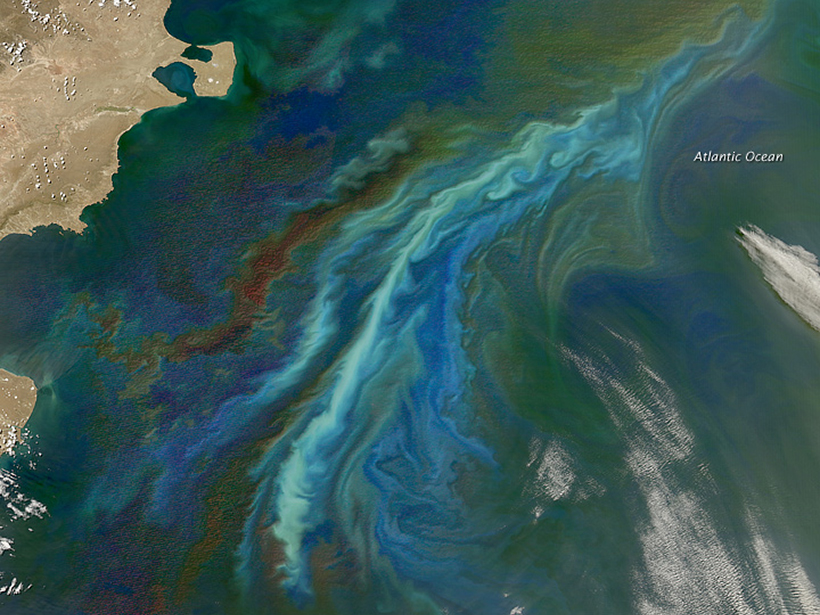Source: Global Biogeochemical Cycles
Marine microorganisms play a major role in cycling elements like carbon and nitrogen throughout the environment. In the nitrogen cycle, some microbes perform an especially important step: the oxidation of nitrite (NO2−) to nitrate (NO3−), the dominant form of biologically available nitrogen in the ocean. Now Kemeny et al. suggest that the enzyme that converts nitrite to nitrate sometimes works in reverse in the Southern Ocean.
In late summer and early fall of 2014, the team sailed through the southernmost reaches of the Southern Ocean’s Pacific sector in search of new insights into nitrogen cycling. For years, scientists had tracked the fate of nitrogen-containing compounds during the Antarctic summer, when phytoplankton flourish. However, newer studies suggested that other seasons are also important for nitrogen cycling in the region, and the research team aimed to uncover more details.
The scientists collected seawater from various depths and measured the ratios of certain oxygen and nitrogen isotopes in the samples. Phytoplankton prefer to consume nitrate with lighter oxygen and nitrogen isotopes, so they leave behind heavier isotopes; measuring these can reveal microbial activity in the environment.
When measuring the isotopes in nitrate and nitrite together, the researchers’ findings fit normal microbial processes that had already been observed in the Southern Ocean. However, when measuring the isotopes in nitrate alone, the team found an unexpected imbalance in the ratio of heavy nitrogen and oxygen. This anomaly, they hypothesize, indicates a microbial process previously unidentified in the region.
Specifically, the scientists propose, vertical mixing in late summer could carry nitrite-oxidizing microbes up from their usual dark depths into the sunlit shallows. Sunlight has been found to inhibit nitrite oxidation, and the enzyme microbes normally use to convert nitrite to nitrate, called nitrite oxidoreductase, can begin to work in reverse, converting nitrate to nitrite.
The idea is not as odd as it may sound; scientists studying other environments have previously observed nitrite oxidoreductase working in reverse when microbial growth is inhibited. This process would account for the isotope imbalance the authors observed in the Southern Ocean samples.
The new findings could help improve understanding of phytoplankton growth in the Southern Ocean as well as nitrogen transformations in other marine environments. Phytoplankton play a major role in removing carbon dioxide from the atmosphere worldwide, and studying how they grow, including their nitrogen sources, helps scientists better understand their possible responses to climate change. This study is part of a long-term effort to unravel the role that Southern Ocean phytoplankton have played in past changes in the atmospheric concentration of carbon dioxide. (Global Biogeochemical Cycles, doi:10.1002/2015GB005350, 2016)
—Sarah Stanley, Freelance Writer
Citation:
Stanley, S. (2016), A new mechanism for nitrogen cycling in the southern ocean, Eos, 97, https://doi.org/10.1029/2016EO056303. Published on 29 July 2016.
Text © 2016. The authors. CC BY-NC-ND 3.0
Except where otherwise noted, images are subject to copyright. Any reuse without express permission from the copyright owner is prohibited.

